These single-celled organisms live in fresh brackish combined salt. These blue-green algae products are both popular and profitable.
The cyanobacteria are very hard to kill because it is a very primitive form of life which can survive in very harsh environments.
Blue green algae vs cyanobacteria. Does blue-green algae cause ALS or Alzheimers. However some concerns have been raised regarding the specificity of the earlier analytical methods and whether BMAA was the only. In warm nutrient-rich high in phosphorus and nitrogen environments.
Cyanobacteria cyanobacteria are known as blue-green algae. The main difference between green algae and cyanobacteria is that green algae contain chloroplasts whereas cyanobacteria do not contain chloroplasts in their cells. Both green algae and cyanobacteria are photosynthetic organisms that produce their own food by photosynthesis.
The name cyanobacteria comes from their color Greek. The Blue Green Algae BGA are actually a type of bacteria called cyanobacteria that grow in water and are photosynthetic use sunlight to create food and support life. When a bloom occurs scum a layer of foul extraneous matter might float.
Cyanobacteria photosynthesise like plants and have similar requirements for sunlight nutrients and carbon dioxide to grow and produce oxygen. Cyanobacterial blooms are usually blue-green in color but algal blooms can vary in color ranging all the way to red or brown. They do not have membrane-bound organelles and true organelles while green algae is a eukaryotic organism which has a true nucleus and membrane-bound organelles.
The cyanobacteria are also called the blue-green algae. Cyanobacteria blue-green algae and water quality Cyanobacteria blue-green algae are a type of microscopic algae-like bacteria which inhabit freshwater coastal and marine waters. The key difference between cyanobacteria and algae is that cyanobacteria are a group of prokaryotic bacteria while algae are small eukaryotic plant-like organisms.
The cyanobacteria are also called the blue-green algae. These single-celled organisms live in fresh brackish combined salt and fresh water and marine water. In contrast cyanobacteria do not have membrane-bound organelles.
Cyanobacteria is very easy to detect in aquariums. Are responsible for HABs cyanobacteria pose the greatest problem and are the focus of this guide. Visual Identification of Cyanobacteria Blooms also referred to as blue-green algae blooms.
Cyanobacteria also called blue-green algae are microscopic organisms found naturally in all types of water. Cyanobacteria are also known as blue-green algae. These organisms use sunlight to make their own food.
There are at least 80 known microcystins including Microcystin-LR which is generally considered one of the most toxic. This process is used by plants algae and some bacteria. The ability to produce toxins varies widely between species.
They are found in both fresh and salt waters. Some of the cyanobacteria can be heterotrophs as well. Blue-green algae or cyanobacteria possess characteristics of algae they make chlorophyll-a and use sunlight as an energy source for growth but have bacterial cells prokaryotic rather than algal cells eukaryotic.
An algal overgrowth is referred to as an algal bloom. Cyanobacteria also called blue-green algae are microscopic organisms found naturally in all types of water. Cyanobacteria also known as blue-green algae or more commonly as pond scum are bacteria that occur naturally in surface waters and have photosynthetic capability meaning they utilize the suns energy to produce sugar which they use for growth.
Whats a toxic algae outbreak. Therefore the green algae contain membrane-bound organelles along with a nucleus. Therefore both blue green algae and green algae are photosynthetic organisms.
The most widespread of the cyanotoxins are the peptide toxins in the class called microcystins. Blue green algae has a dark green color it is very slimy it grows and spreads over any surfaces and has a. There are three major groups of photoautotrophs as plants cyanobacteria blue green algae and algae including green algae.
BGA live in fresh brackish or marine. Some researchers have reported that BMAA can be produced by most cyanobacteria blue-green algae. Some cyanobacteria are more likely to produce toxins than others so it is often difficult to assess toxin concentrations by visual evidence alone.
Blue giving them their other name blue-green algae though modern botanists restrict the term algae to eukaryotes and do not apply it to cyanobacteria which are prokaryotes. The first is blue-green algae and the second is the more-proper cyanobacteria The name is a little misleading though because blue-green algae arent quite plants or algae. Photosynthesis is an extremely important process that converts the energy of sunlight into chemical energy of carbohydrates.
Beta-N-Methylamino-L-alanine BMAA is non-protein amino acid. The global algae protein market was valued at approximately 703 million in 2019 and cyanobacteria protein alone accounted for over 40 percent of this market value. We call them algae because theyre free-floating and grow in colonies but in reality blue-green algae are a form of bacteria.
Cyanobacteria cause a multitude of water-quality concerns including the potential to produce taste-and-odor causing compounds and toxins that are potent enough to poison animals and humans. Blue-green algae or cyanobacteria in the intestinal micro-flora may produce neurotoxins such as Beta-N-Methylamino-L-Alanine BMAA which may be related to development of amyotrophic lateral sclerosis Alzheimers disease and Parkinson-Dementia-Complex in humans and. Cyanobacteria also known as blue-green algae are a group of.
The key difference is that cyanobacteria are prokaryotic organisms. Blue-green Algae Cyanobacteria Fact Sheet Introduction. In freshwater the majority of HABs are caused by cyanobacteria also called blue-green algae.

Difference Between Cyanobacteria And Algae Compare The Difference Between Similar Terms

Phylum Cyanobacteria Or Cyanophyta Blue Green Algae Called

Difference Between Cyanobacteria And Algae Compare The Difference Between Similar Terms
Difference Between Green Algae And Cyanobacteria Definition Characteristics Types Similarities And Differences
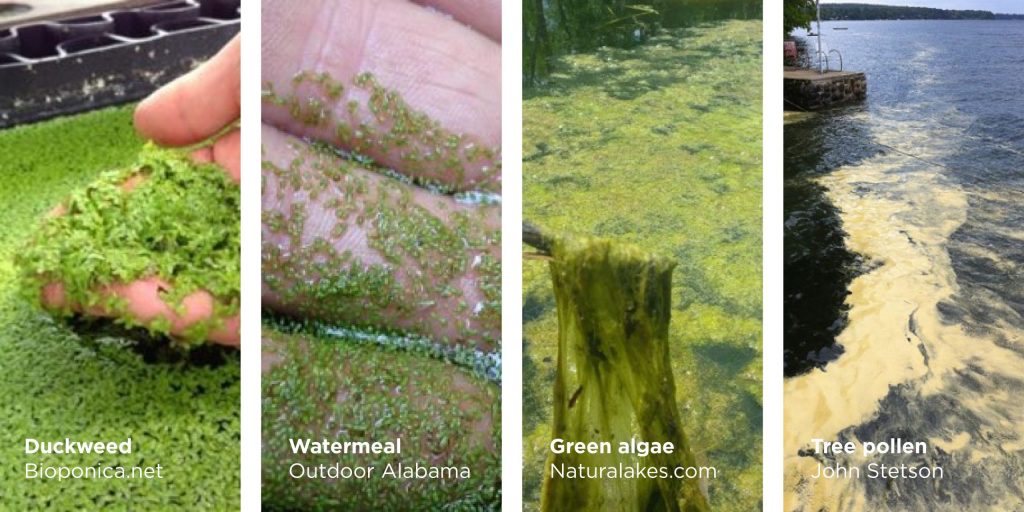
How To Identify Blue Green Algae And What To Do About It
/cloudfront-us-east-1.images.arcpublishing.com/gray/MPSDQSQ4BBKEVLZTDOK2BV3TEE.jpg)
How To Spot Dangerous Blue Green Algae
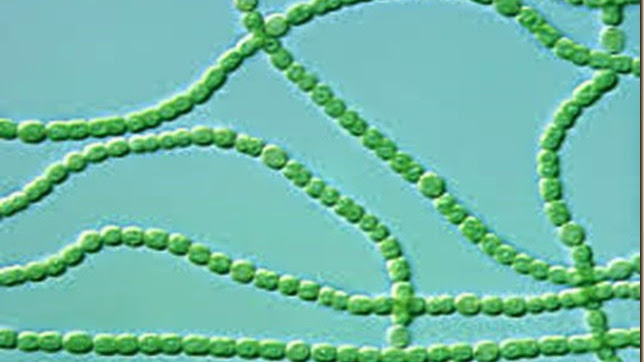
Similarities Between Bacteria And Cyanobacteria
Differences Between Bacteria And Cyanobacteria
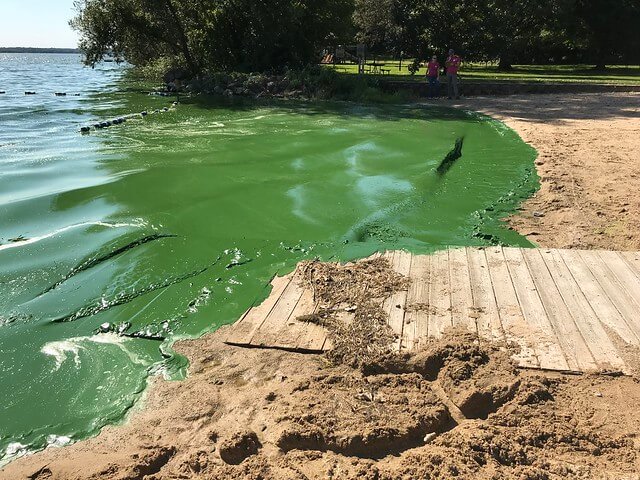
Cyanobacteria Blue Green Algae Clean Lakes Alliance

Blue Green Algae Efficient In Harvesting Light Wur

Water Pathogens Mcwd Minnehaha Creek Watershed District
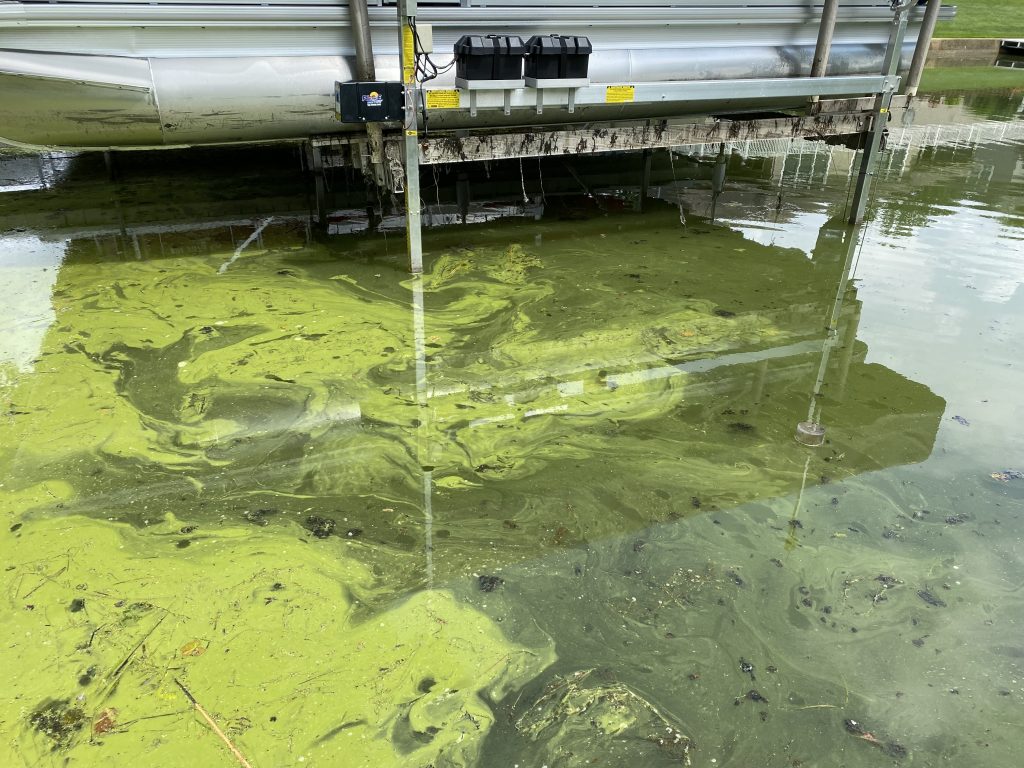
How To Identify Blue Green Algae And What To Do About It
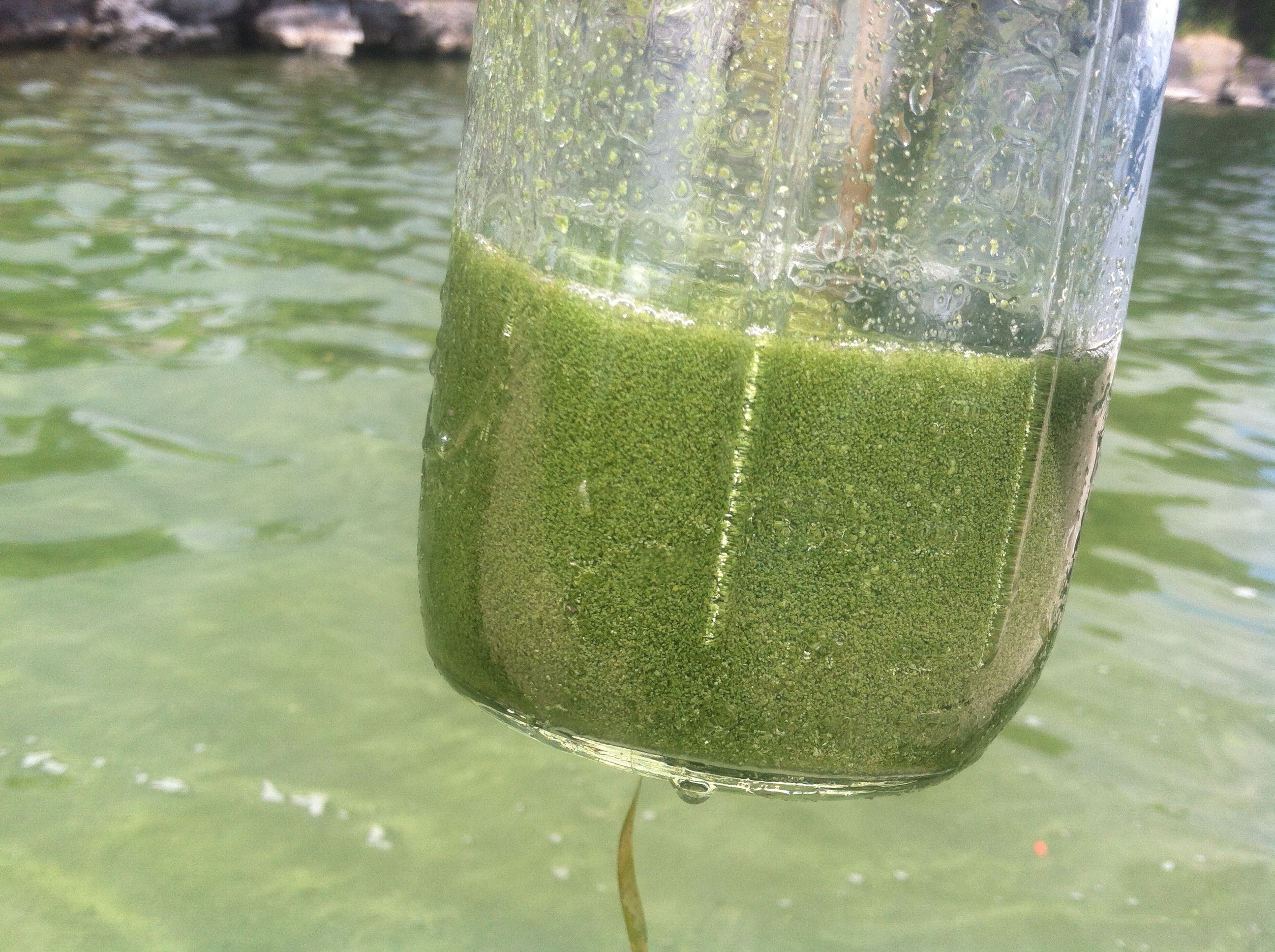
Cyanobacteria Blue Green Algae Tracker Vermont Department Of Health

Cyanobacteria Blue Green Algae In Water And Their Treatment Frequently Asked Questions Clicksonic
Difference Between Cyanobacteria And Green Algae Difference Between
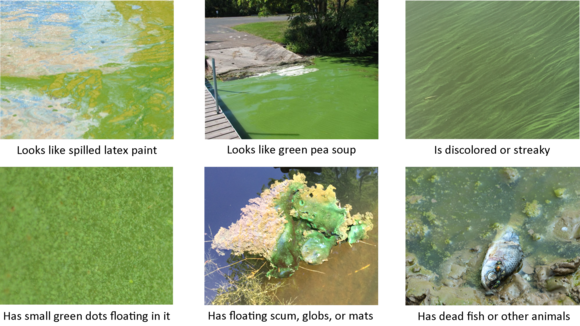

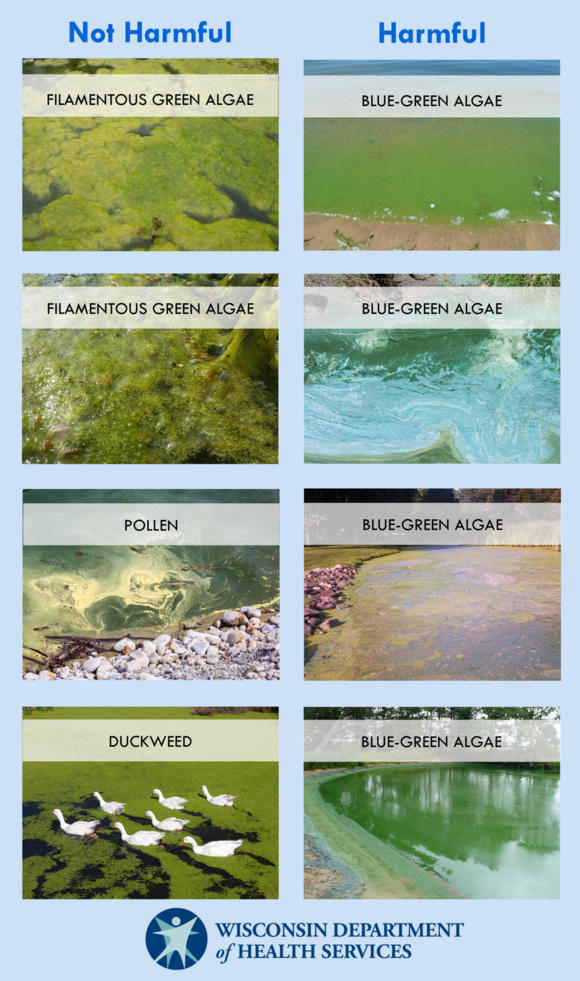
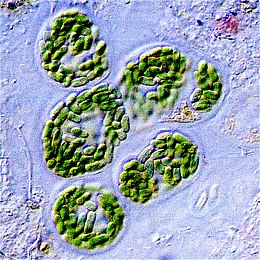
Post a Comment
Post a Comment